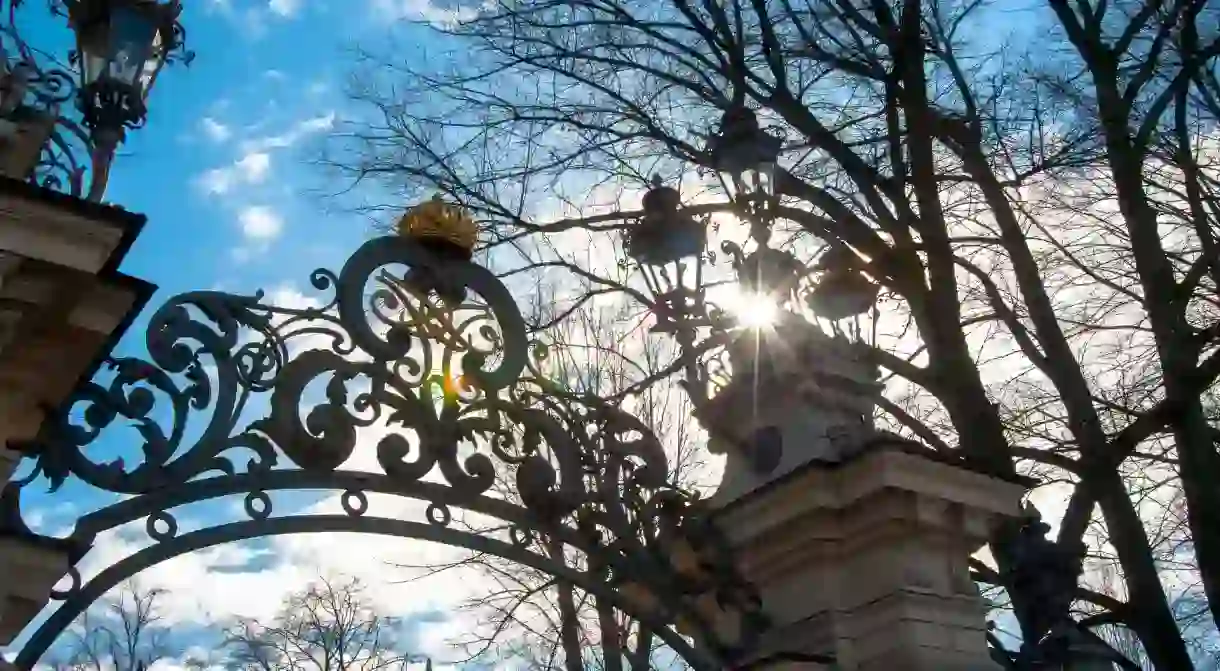A Guide to St Petersburg Palaces

Visiting St Petersburg, you won’t be short of palaces and churches to visit. It’s quite literally overwhelming. If it all just doesn’t fit on the itinerary, you’ll need to pick and choose. All of them deserve attention, be it for their art collections or exquisite interiors. To make it easier, we’ve made a guide to St Petersburg’s palaces. This is not an extensive list of palaces, rather the highlights to consider for a first visit.
The Winter Palace
Museum

Catherine Palace
Museum

Peterhof Grand Palace
Building, Museum

Pavlovsk Palace
Museum

Named after Emperor Paul I, Pavlovsk was established as an imperial residence at the end of the eighteenth century. The land was a gift of Empress Catherine the Great to her son Paul and his wife to celebrate the birth of their first child. Arguably, it was also a way for the empress to distance herself from him, as she was not keen about Paul becoming the next ruler of Russia. Still, Paul and his wife, Maria, made a home for themselves here, building a relatively modest palace in the neoclassical style. The interior of the palace allows visitors to gain insight into the life that the royal family enjoyed in their sanctuary. A large park surrounds the palace, and it is popular with locals who enjoy outdoor sports.
Shuvalov Palace
Museum

A St Petersburg palace that did not belong to the royal family is the Shuvalov Palace. It was constructed in the eighteenth century for the count and countess Vorontsov, and it was later acquired by Maria Naryshkina (mistress of Alexander I). Naryshkina’s husband acquired a large collection for the palace and lavishly decorated it, making it a frequent gathering place for high society. Although the palace’s collection has now been dispersed to other museums, Shuvalov Palace is now home to the Faberge Museum. There are numerous works from Faberge craftsmen on display, including, of course, the infamous Faberge eggs.
Yusupov Palace
Museum

Some used to say that the Yusupov Palace belonged to the richest family in Russia, even richer than the Romanov royal family. Needless to say, they spared no funds for the construction of their homes. The rooms of the Yusupov Palace all have a unique style: some were inspired by Italian art, others by oriental motifs. Many of the interiors have been preserved since the nineteenth century. The palace also has a private theatre that occasionally hosts shows for a small audience. For those interested in the macabre, the Yusupov Palace was the scene of the infamous murder of Grigory Rasputin, who was lured in by a group of aristocrats wishing to seize his influence on the royal family. An exhibition dedicated to the events of that day is open in the basement.
Gatchina Palace
Museum

The Gatchina Palace was originally built for count Grigory Orlov, who was a favourite of Catherine the Great. Unfortunately for him, the palace was only completed two years before his death, giving him limited time to live there. Catherine the Great bought the palace back and handed it to her son Paul; his statue can be seen in front of the palace. It was later used by Paul’s son, Alexander I, and grandson, Alexander II. Following Alexander II’s assassination, his heir, Alexander III (yes, this is a lot of Alexanders), feared assassinated himself and hid out in the palace for two years. Since Gatchina is located about 40 km (25 miles) outside of St Petersburg, it was very close to the Nazi lines during WWII. Unfortunately, it suffered severe damage, and restoration work has continue to this day.













